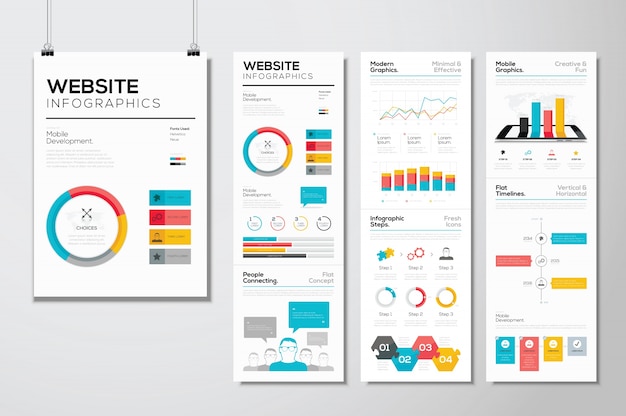Interested In Discovering How Website Layout Has Evolved For Many Years? Explore The Trip From Straightforward Designs To User-Centered Methods
Interested In Discovering How Website Layout Has Evolved For Many Years? Explore The Trip From Straightforward Designs To User-Centered Methods
Blog Article
Short Article Composed By-Pappas Clarke
In the past, web sites were simple and concentrated on info. Navigation was direct, and layout was for desktop computers. Currently, individual experience is essential. Data overviews designs for easy navigating. Receptive designs suit various gadgets. Today, dark setting minimizes strain, and minimal menus enhance navigating. Interactive features engage customers, and bold visuals attract attention. AI combination improves engagement. See how design has evolved to improve your on the internet journey.
Very Early Days of Web Design
In the early days of web design, simpleness reigned supreme. Internet sites were standard, with restricted shades, fonts, and formats. The emphasis got on supplying details as opposed to showy visuals. Individuals accessed the internet through sluggish dial-up links, so rate and performance were key.
Navigating https://www.forbes.com/sites/forbescommunicationscouncil/2022/04/26/nine-tips-for-selecting-the-right-seo-agency/ were straightforward, generally situated at the top or side of the page. Sites were made for computer, as mobile surfing wasn't yet widespread. Material was king, and developers focused on easy readability over complicated style elements.
HTML was the main coding language utilized, and designers needed to function within its constraints. Computer animations and interactive functions were marginal contrasted to today's requirements. Internet sites were static, with little dynamic content or tailored individual experiences.
Increase of User-Focused Design
With the development of internet site style, a shift in the direction of user-focused style concepts has become significantly prominent. Today, creating internet sites that prioritize customer experience is vital for engaging site visitors and achieving company objectives. User-focused design includes comprehending the requirements, preferences, and actions of your target audience to tailor the internet site's format, content, and includes appropriately.
Developers currently perform extensive research, such as user surveys and functionality testing, to collect understandings and feedback directly from customers. This data-driven technique aids in developing intuitive navigation, clear calls-to-action, and aesthetically appealing user interfaces that resonate with site visitors. By putting the user at the center of the style procedure, websites can provide an extra personalized and enjoyable experience.
Receptive design has additionally become a crucial aspect of user-focused style, ensuring that web sites are maximized for various devices and screen sizes. This adaptability enhances access and use, catering to the diverse methods users engage with sites today. Fundamentally, the rise of user-focused layout indicates a change towards producing electronic experiences that prioritize the requirements and expectations of completion individual.
Modern Trends in Web Design
Explore the current patterns shaping web design today. One noticeable trend is dark setting design, offering a sleek and contemporary appearance while lowering eye stress in low-light settings. An additional vital pattern is minimalist navigation, simplifying food selections and improving individual experience by concentrating on essential elements. Incorporating micro-interactions, such as computer animated switches or scrolling impacts, can produce a more interesting and interactive internet site. Responsive design continues to be crucial, guaranteeing seamless customer experiences across various gadgets. Furthermore, making use of strong typography and asymmetrical designs can include aesthetic rate of interest and draw attention to certain material.
Integrating AI innovation, like chatbots for client assistance or individualized recommendations, enhances customer interaction and enhances processes. Ease of access has also become a substantial pattern, with designers prioritizing inclusive design methods to satisfy diverse customer needs. Welcoming sustainability by maximizing internet site performance for rate and efficiency is an additional emerging fad in web design. Teaming up with user responses and data analytics to repeat and enhance style continuously is crucial for remaining pertinent in the ever-evolving electronic landscape. By welcoming these contemporary trends, you can create an aesthetically attractive, straightforward web site that resonates with your target market.
Conclusion
As you assess the development of web site style from the very early days to currently, you can see how user-focused style has come to be the driving force behind contemporary trends.
Accept the journey of adjustment and adjustment in website design, constantly maintaining the customer experience at the leading edge.
Tippingpointdigital
Keep existing with the most recent patterns and innovations, and never ever stop evolving your strategy to produce visually spectacular and straightforward websites.
Evolve, adjust, and produce - the future of website design remains in your hands.
